
Aloe vera is a popular succulent known for its medicinal properties and ease of care. Proper watering and lighting are crucial to ensuring your aloe vera plant thrives. Understanding how to provide the right environment for your aloe vera can make all the difference in its health and growth.
Understanding Aloe Vera’s Natural Habitat
Aloe vera originates from arid regions, which means it is well-adapted to survive in dry conditions. This succulent stores water in its leaves, allowing it to withstand periods of drought. When caring for aloe vera at home, replicating these natural conditions is key to its success.
Watering Aloe Vera
How Often to Water
Aloe vera should be watered deeply but infrequently. During the growing season (spring and summer), water your aloe vera every two to three weeks. In the dormant period (fall and winter), reduce watering to once a month. Always allow the soil to dry out completely between waterings to prevent root rot.
Signs of Overwatering and Underwatering
Overwatering is a common mistake that can lead to root rot. Signs of overwatering include yellowing leaves and mushy stems. If the leaves are dry and shriveled, your aloe vera may be underwatered. Adjust the watering schedule according to these signs to keep your plant healthy.
Light Requirements for Aloe Vera
Ideal Light Conditions
Aloe vera thrives in bright, indirect sunlight. Place your plant near a south or west-facing window where it can receive plenty of light. Too much direct sunlight can cause the leaves to turn brown and dry out, so a balance is necessary.
Adjusting Light Exposure
During the summer months, you might need to provide some shade to prevent sunburn. In the winter, when sunlight is less intense, you can move your aloe vera to a brighter spot or consider supplementing with artificial grow lights.
Additional Care Tips
Ensure your aloe vera is planted in well-draining soil, ideally a cactus or succulent mix. A pot with drainage holes is essential to prevent water from accumulating at the bottom. Fertilize sparingly, using a diluted liquid fertilizer during the growing season. Avoid fertilizing in the winter.
Regularly inspect your aloe vera for pests like aphids or mealybugs, and remove any dead or damaged leaves to encourage new growth.
Conclusion
Caring for an aloe vera plant involves understanding its specific watering and light requirements. By replicating its natural habitat conditions and paying attention to its needs, you can enjoy a healthy and vibrant aloe vera plant for years to come.
Aloe vera is a popular succulent known for its medicinal properties and ease of care. Proper watering and lighting are crucial to ensuring your aloe vera plant thrives. Aloe vera should be watered deeply but infrequently to prevent root rot. Aloe vera thrives in bright, indirect sunlight, avoiding too much direct sunlight. Ensure your aloe vera is planted in well-draining soil and a pot with drainage holes. 
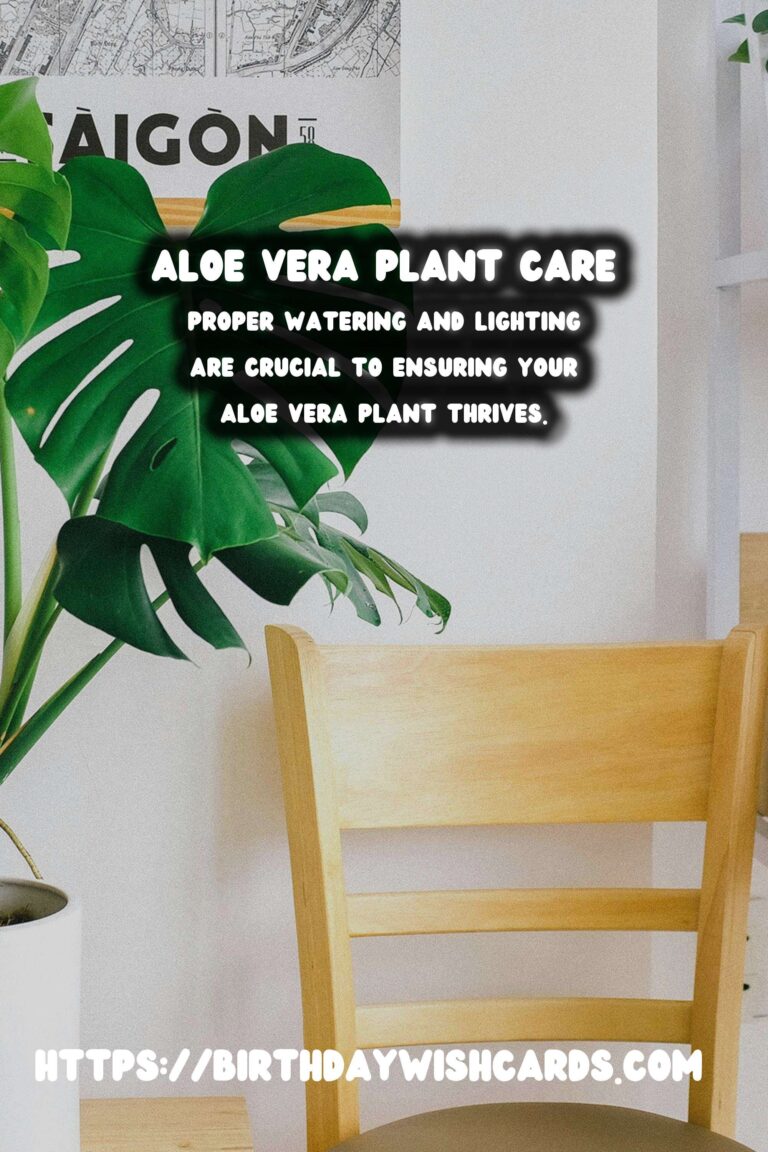
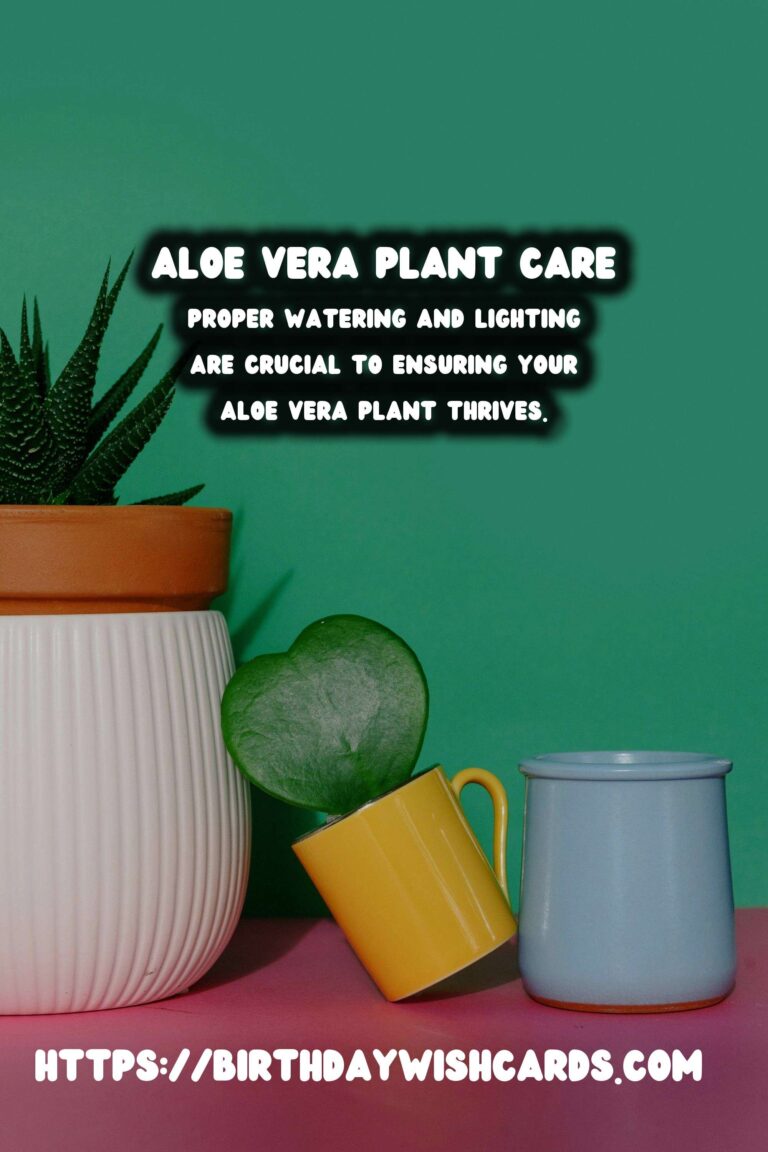

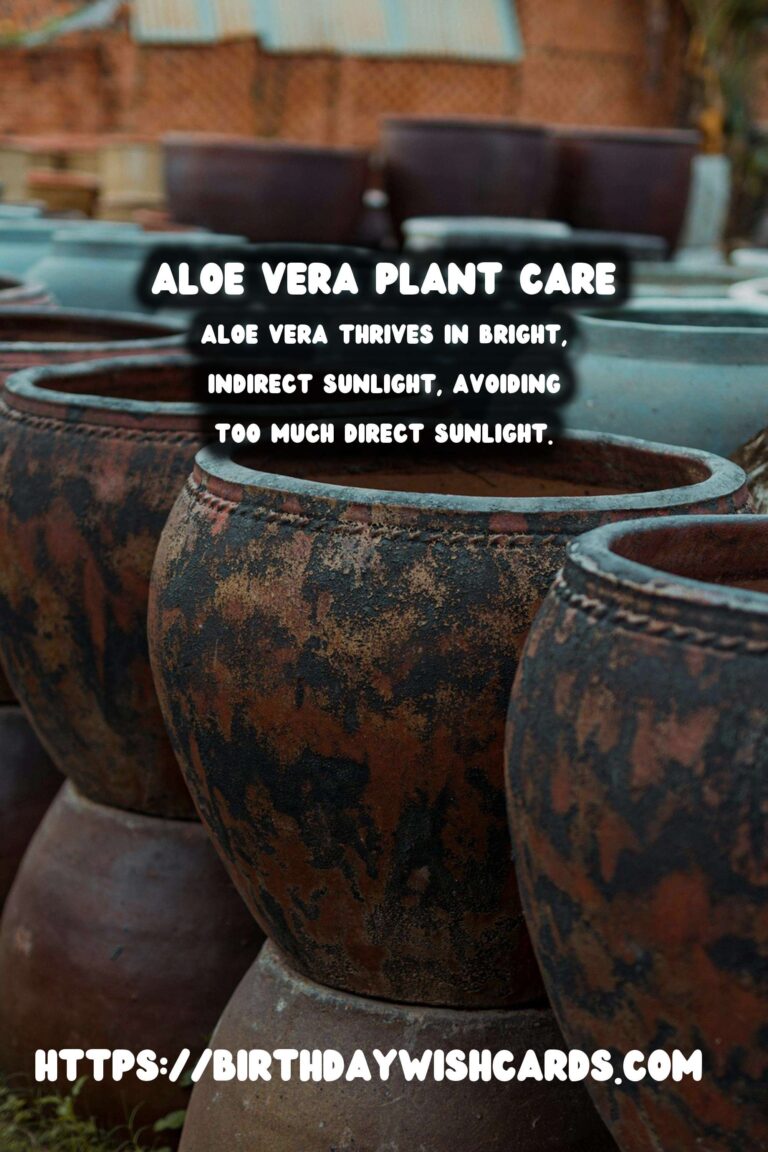
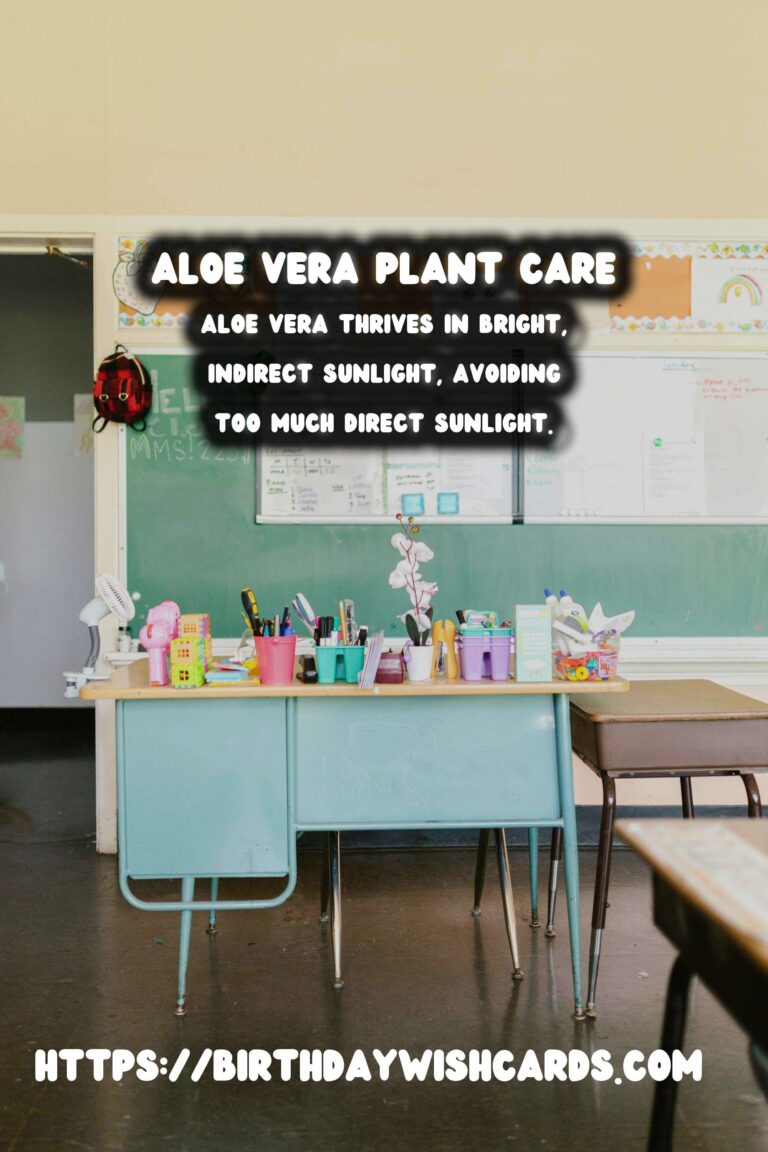
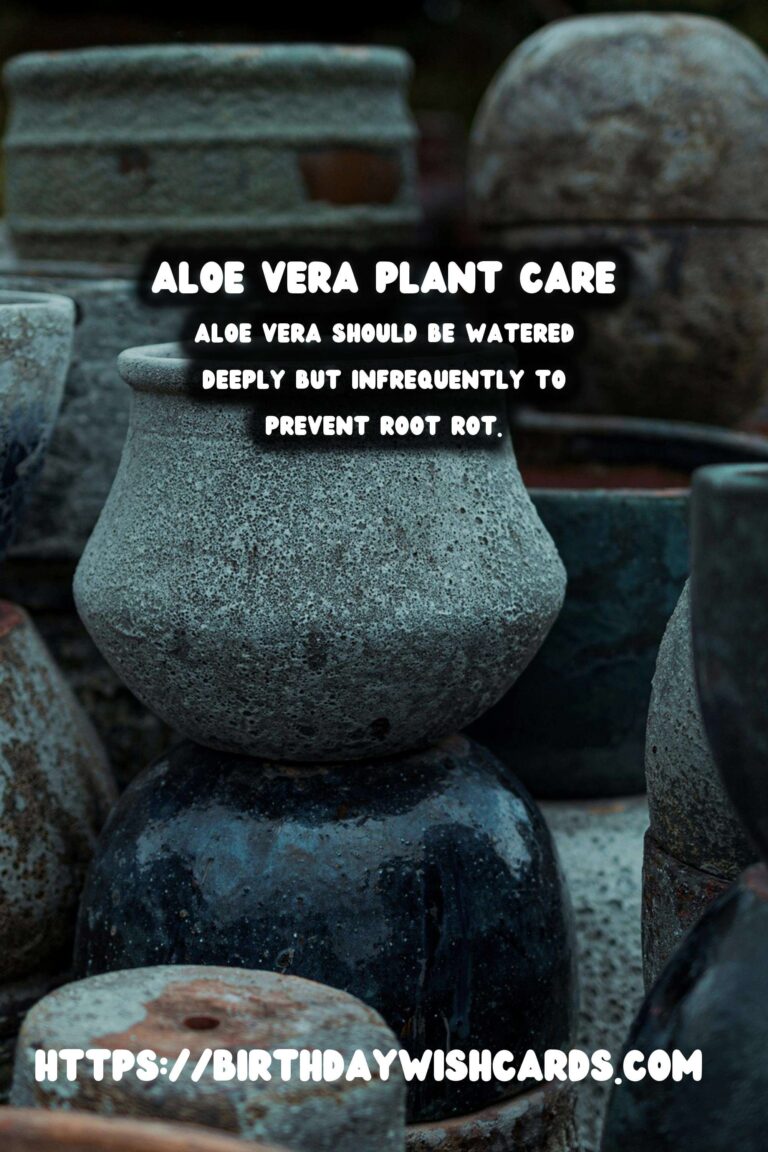
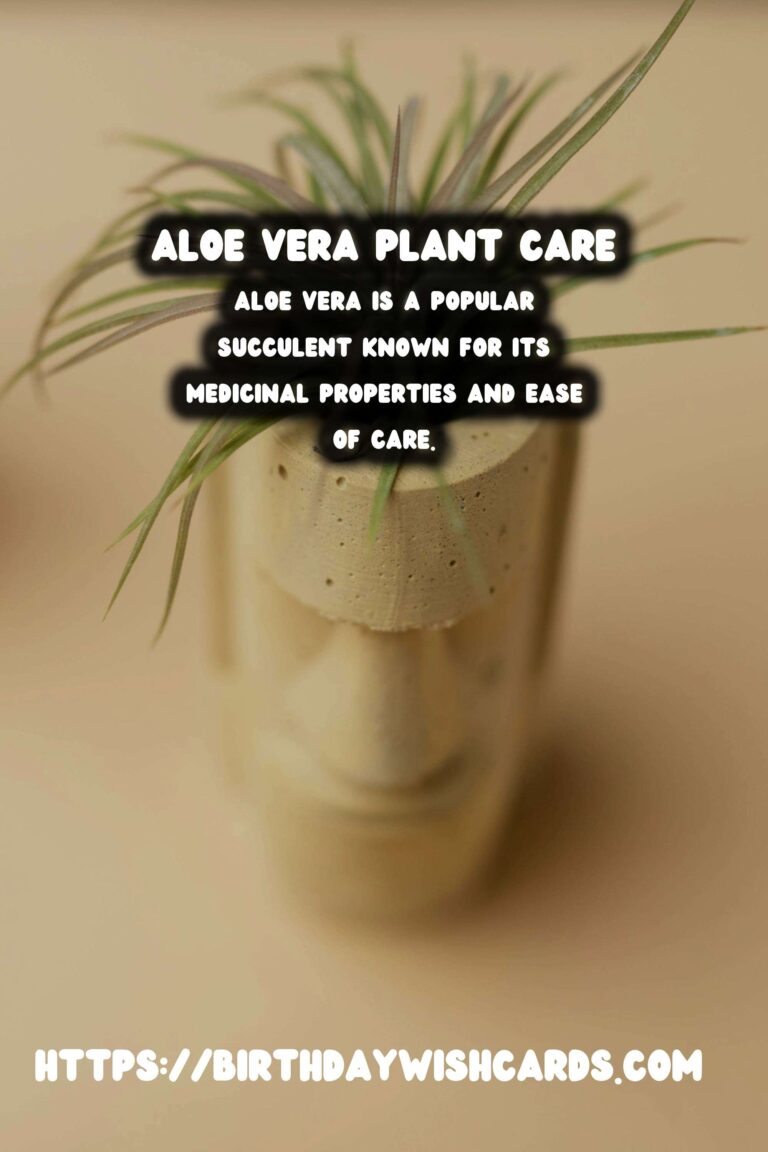
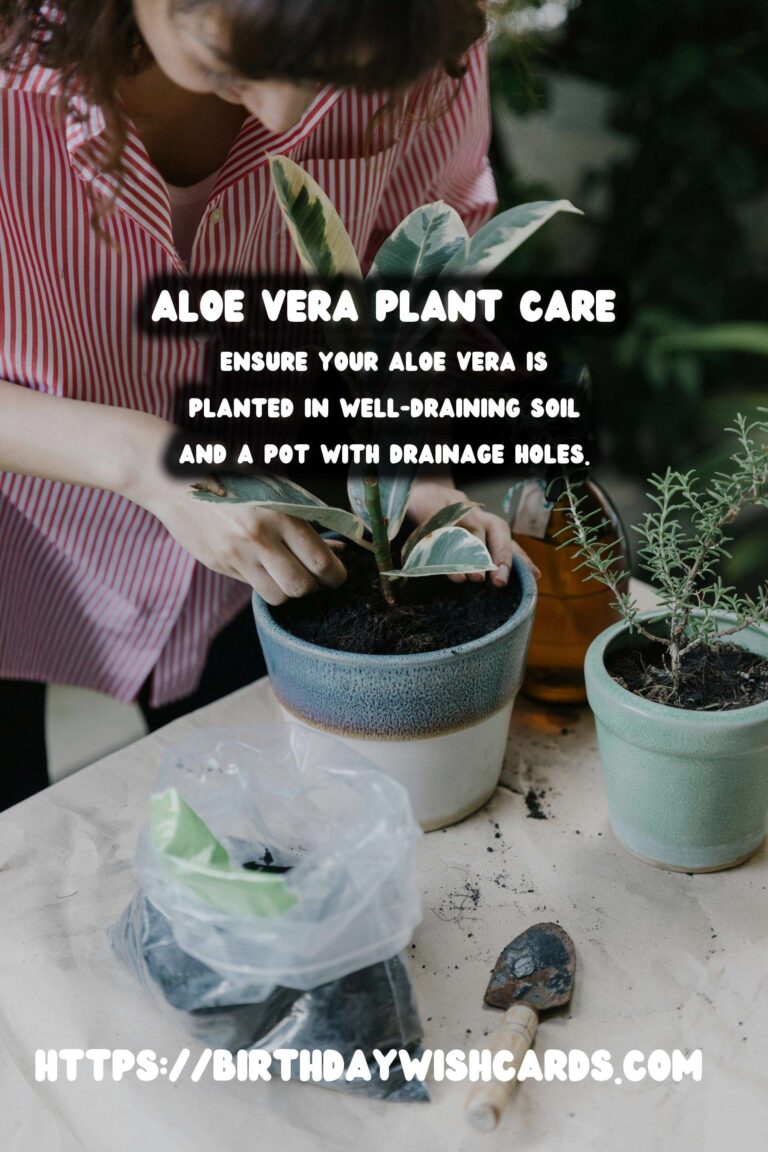
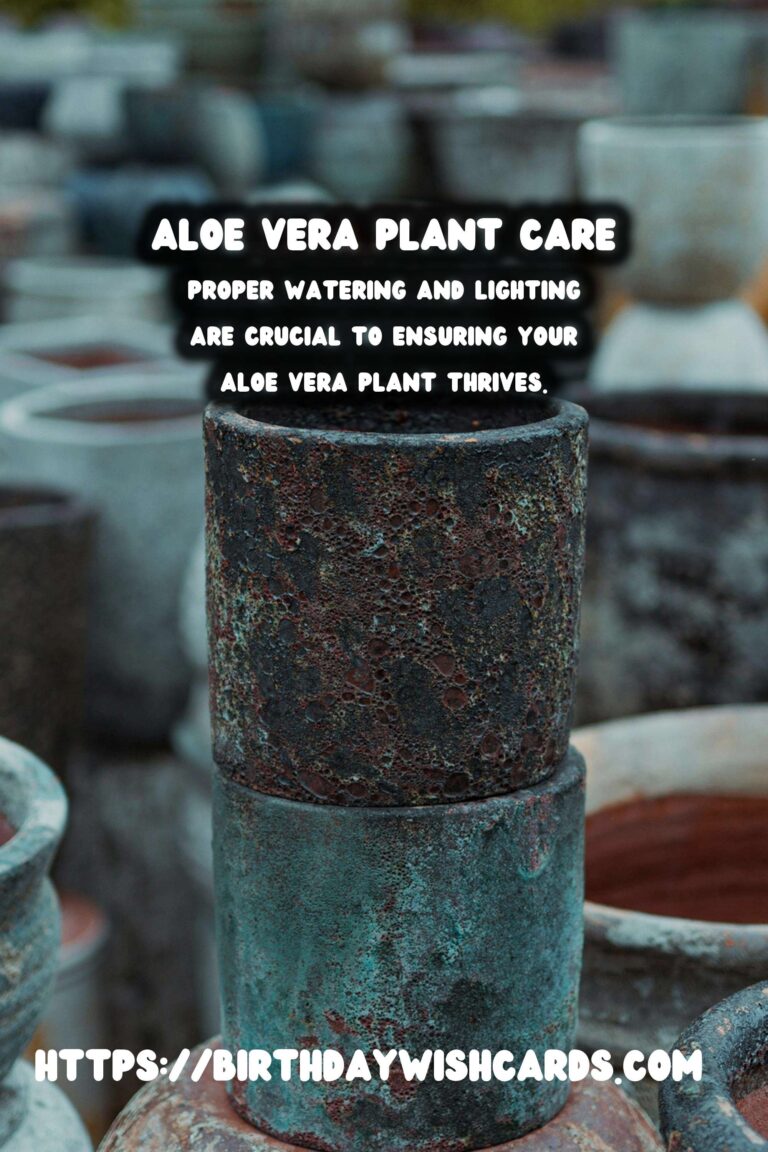
#AloeVera #PlantCare #Succulents #GardeningTips #HousePlants




